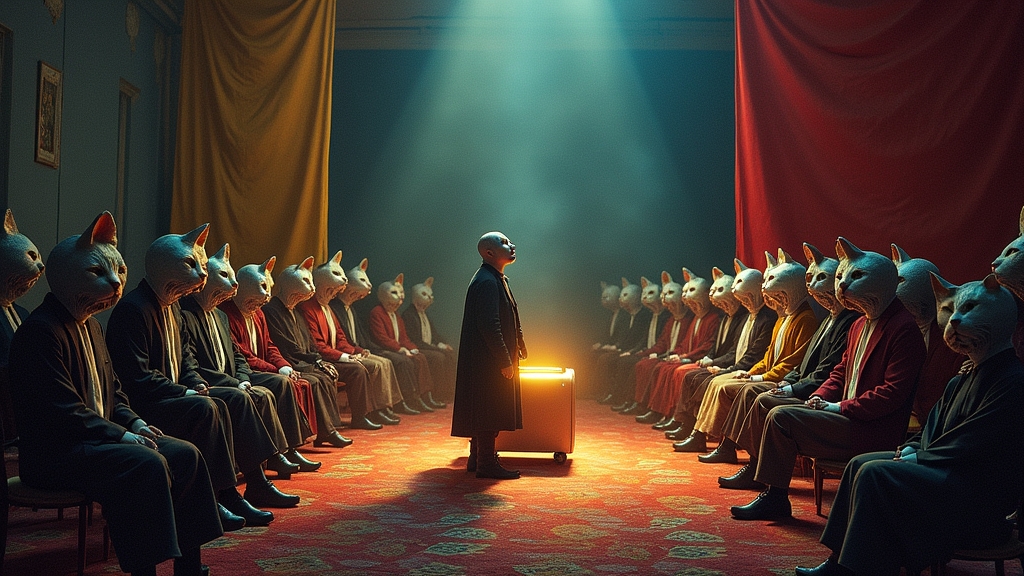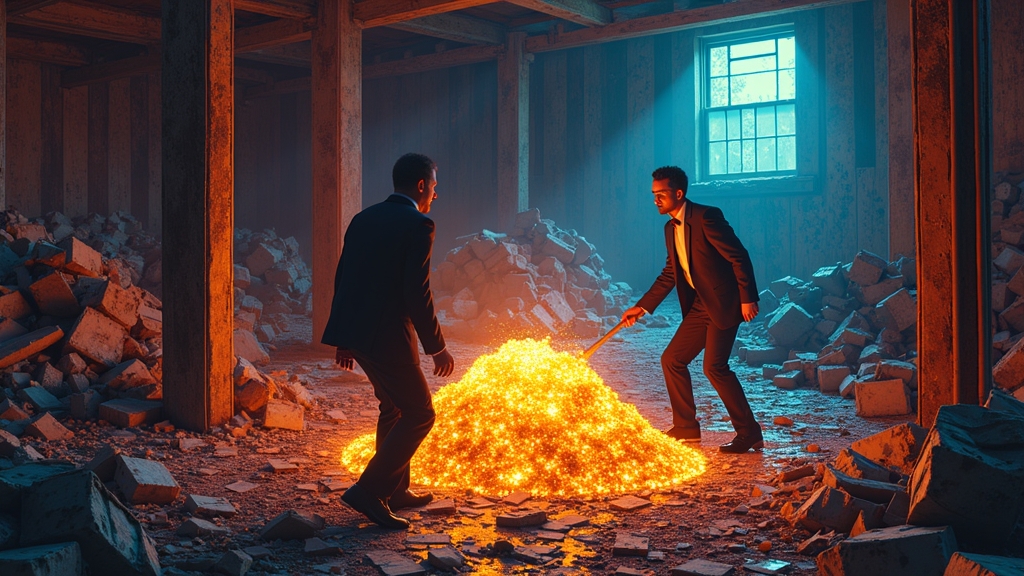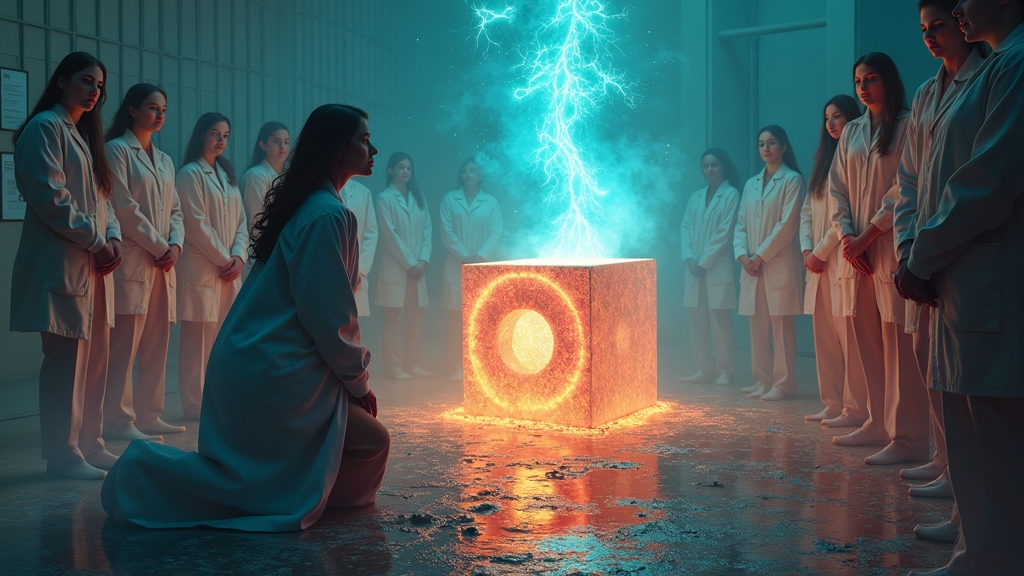New Study Reveals AI Models Think NYC is an MC Escher Painting, Calls it “Urban Avant-Garde”
In a groundbreaking revelation, researchers have discovered that the so-called “intelligent” AI models, revered for their oh-so-sophisticated ability to spew words like a digital Shakespeare, actually possess the geographical awareness of a hedgehog on a merry-go-round. The study findings, presented with the gravity of a Vatican council in the hallowed halls of MIT, proclaim that deep down, these AI marvels believe New York City’s map was designed by M.C. Escher.
Apparently, AI’s uncanny ability to guide you from the Bronx to Brooklyn without detouring through Kansas City is all smoke and mirrors—or in this case, zeros and ones. Once a street is closed or a detour is placed, the AI navigation prowess disintegrates faster than a millennial’s attention span at a dial-up speed. Researchers eagerly punctured holes in the AI’s worldview, only to find fictitious streets crisscrossing and spiraling like an Escher fever dream. “It’s like an art project,” remarked Dr. Ashesh Rambachan, who moonlights as a cartography comedian.
“The AI models are revolutionizing urban design with these imaginary byways!” chimed in tech enthusiast Justin Y. Chen. “Maybe, one day, New York City will catch up and build the flying streets our AI overlords have envisioned.”
Utilizing hyper-sophisticated testing methods that involve the unfathomable game of Othello (a pastime only accessible to the elite few who can fathom placing discs on a board), the researchers unraveled this grand hoax. Dr. Keyon Vafa adds, “We thought if an AI can place a disc on an Othello board, surely it must have divine wisdom about Gotham’s avenues. Alas, we were wrong.”
With insights clearer than a frosted glass window, the scholars asserted that deploying AI models in scenarios where rules, like traffic laws, are a tad flexible may result in colorful chaos. “Imagine AI-run cities,” mused Sendhil Mullainathan, perhaps imagining urban centers akin to Willy Wonka’s factory, complete with streets that loop and curve inexplicably. “When the subway intersects with a rainbow-fueled highway, you’ll realize the full potential of this technology.”
Yet, hope is not lost, for the consortium of brains vows to scale the mountaintops of AI misunderstanding, anticipating a future where models will distinguish between a turn-left and a turn-into-an-interdimensional-rift with impressive clarity. “We have chartered a course into the unknown,” declared Jon Kleinberg, presumably while wearing a lab coat and standing heroically against a backdrop of digitized maps.
Funded by organizations whose names elicit cult-like reverence, the quest to end AI’s geography confusion continues—a testament to humanity’s relentless drive to render machines marginally less clueless than a toddler with Google Maps.





